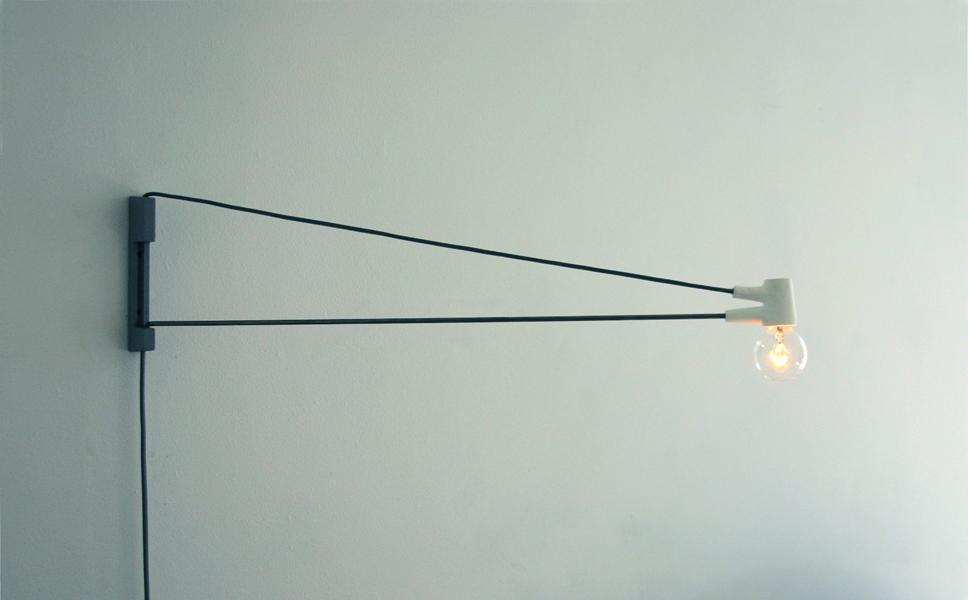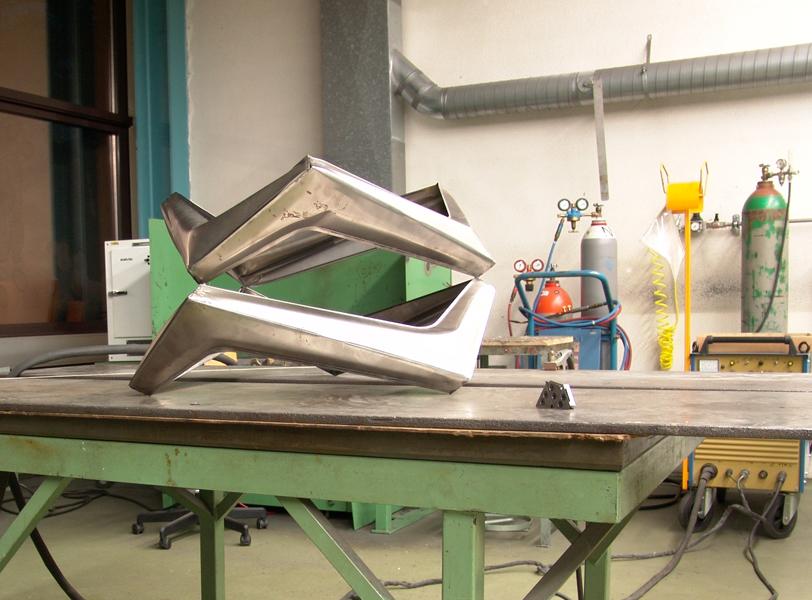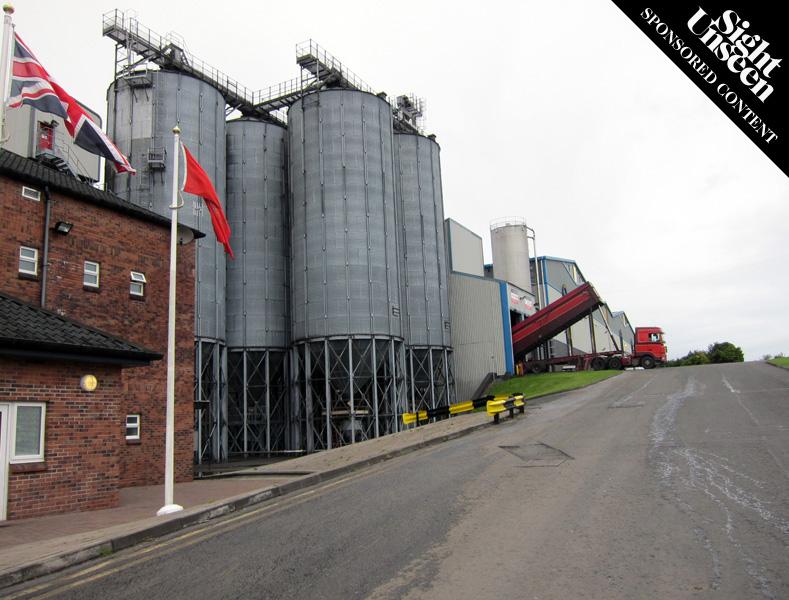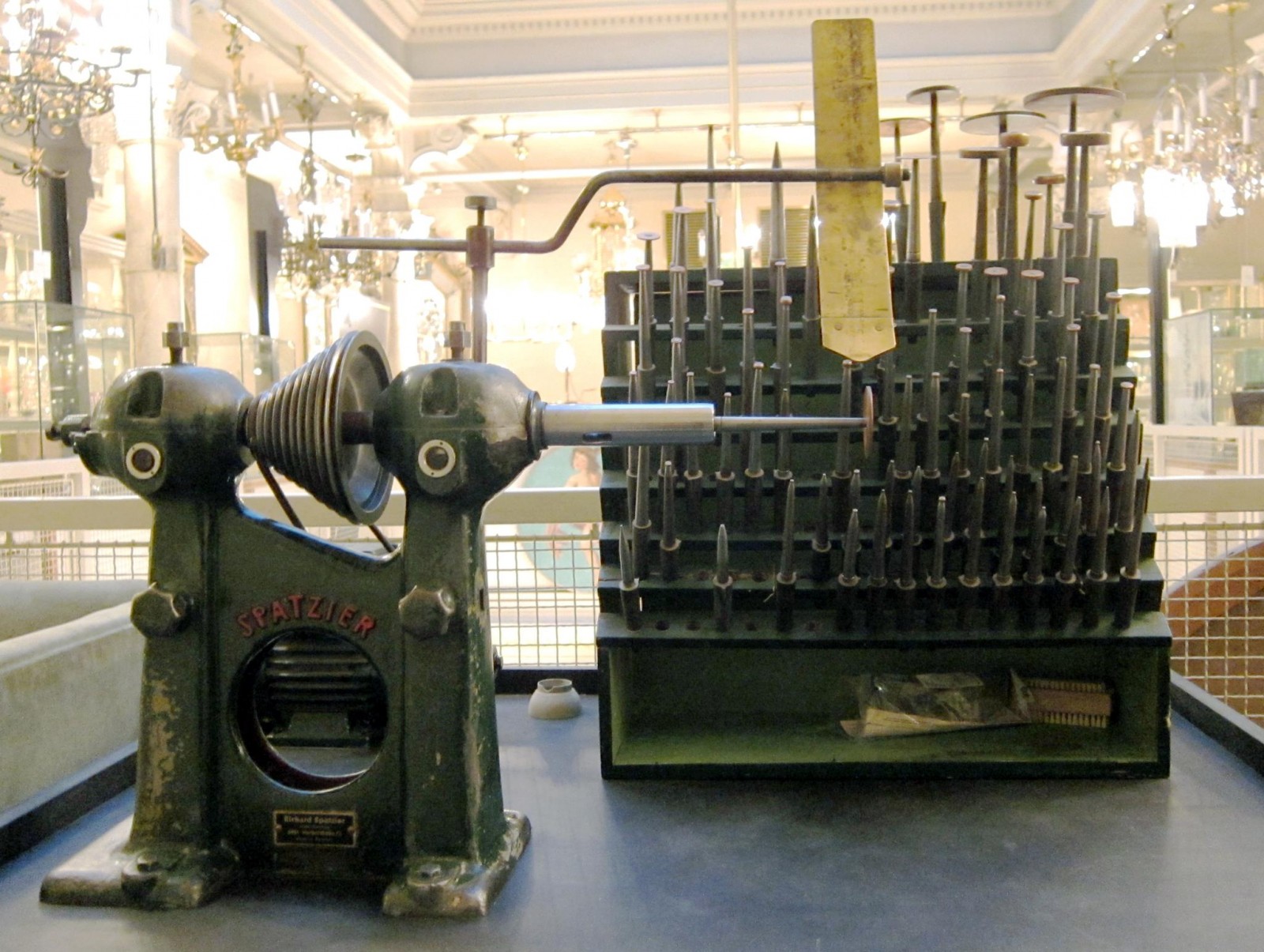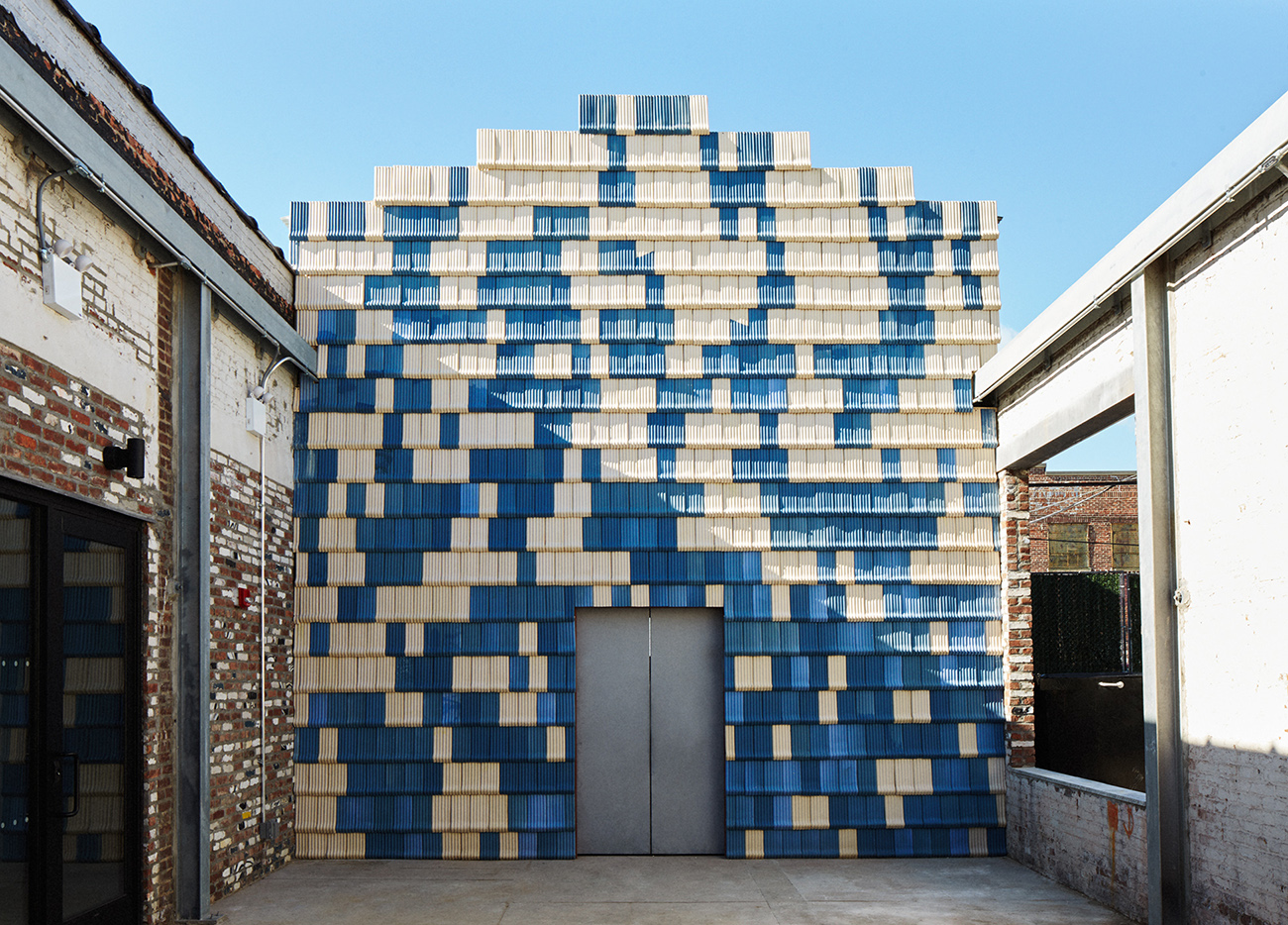
03.10.17
The Making of
A Turner Prize–Winning Architecture Collective Sets Up Shop in Brooklyn
U.K. architecture collective Assemble has created an installation — dubbed “A Factory As It Might Be” — in the courtyard of A/D/O, the brand-new, forward-looking design space in Greenpoint, Brooklyn. The temporary factory features an industrial clay extruder, which Assemble — and their Liverpool-based social enterprise the Granby Workshop, along with fellow collaborators — used to make the factory’s cladding as well as a host of products from dinnerware to planters. The effort is the debut US project for the team, who famously became the first architects to win the Turner Prize in 2015.
